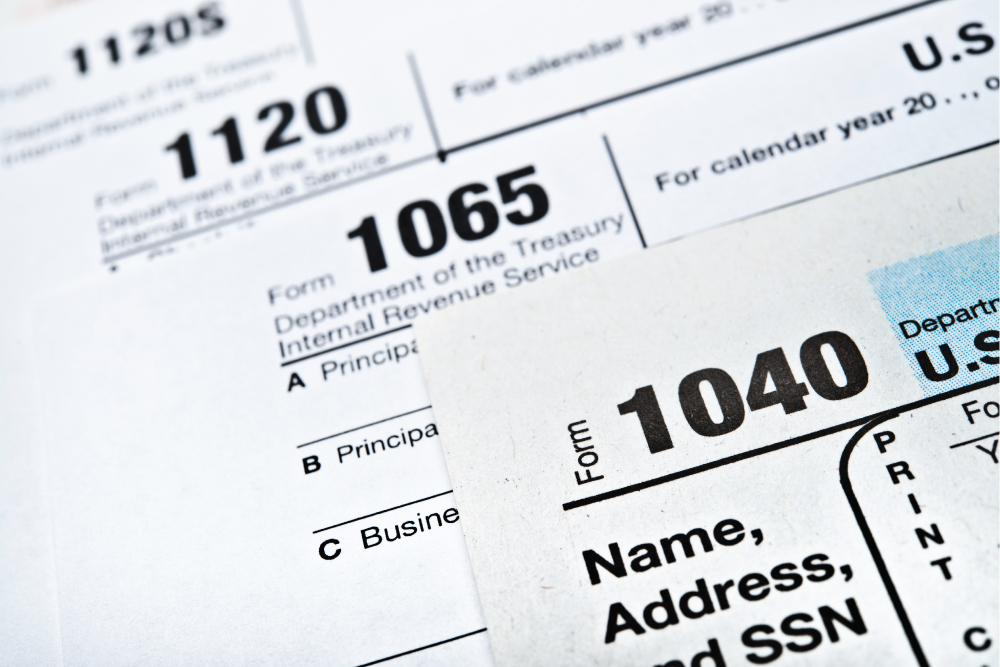Normally, tax filing gets complicated when an individual experiences a life change. A new home, a new job, or a new family member may mean taxes need to be filed in a new way. While those types of changes will certainly affect many people as they are preparing this year’s tax filings, the biggest complications in 2021 are a result of changes made by the US government, many in response to the covid pandemic.
As many learned when filing their 2020 taxes, even the smallest error can result in filings being pulled from the Internal Revenue Service’s electronic review system. Filings that require manual review take longer to be processed, meaning refunds take longer to receive. To avoid errors and omissions, filers should take especial care in the following areas when preparing their 2021 tax filings.
Documenting advance child tax credit payments
A slew of recent news reports have advised tax payers to be on the lookout for IRS Letter 6419, which documents the total amount of advance child tax credit payments they received during 2021. The child tax credit, which typically is claimed as part of annual income tax filings, was sent out in advance in 2021 under a provision of the American Rescue Plan. Each parent in a household may receive a copy of the letter, depending on the filing status that they used in 2021. If two letters are received, the amounts that they report must be added before being entered on IRS Schedule 8812. If the letter is not received or is misplaced after being received, information on advance credit payments can also be found online by creating an account on the IRS website.
Claiming recovery rebate credits
As a result of the economic impact payments that were issued in 2021, Letter 6419 is not the only one that taxpayers should expect to receive this year. Letter 6475, which the IRS reports it will begin distributing in late January 2022, provides information on the total amount of stimulus payments sent to individual taxpayers. For those who received less than the full amount of stimulus payments available, Letter 6475 will provide information needed to claim the recovery rebate credit that the IRS has made available in 2021.
Reporting unemployment income
In 2020, those who received unemployment income benefitted from having up to $10,200 of that income exempted from taxes under the American Rescue Plan Act. In 2021, that exemption is no longer available. Form 1099-G, which documents unemployment benefits, is sent to taxpayers by the federal, state, or local government agency that provided the benefits. The amount of compensation it reports must be included with gross income on Form 1040.
Determining home office deductions
While tax law provides for deductions related to home office expenses, those deductions typically do not apply to those who shifted to remote work as a result of the covid pandemic. The IRS says “(e)mployees who receive a paycheck or a W-2 exclusively from an employer are not eligible for the deduction, even if they are currently working from home.” Home office deductions are meant to benefit those who are self-employed, independent contractors, or members of the gig economy, which the IRS defines as people who “earn income providing on-demand work, services or goods.”
Claiming employee retention credits
Employee retention credits were among the tax breaks extended to businesses to offset the effects of the covid pandemic. Issued as part of the CARES Act, the credits were available to businesses who kept employees on their payroll despite losing significant business income.
The Infrastructure Investment and Job Act, which was signed by President Biden in November 2021, set an expiration date of September 30, 2021, for the credits. Because of the change, those claiming employee retention credits for 2021 can claim a maximum of $21,000 per employee.
Gathering and organizing documents
With the IRS still reporting a backlog of millions of tax filings from 2020, filers should expect delays in the processing of this year’s filings. Submissions containing errors or omissions will only add to delays.
To give your filing the best chance for a quick return, make sure to secure all necessary documents as soon as possible. Individuals should make sure to add the IRS letters noted above to the usual list of supporting forms and documentation. For businesses, payroll data will be especially important for those who are claiming employee retention credits.
Filing electronically is also a good way to ensure that returns are not delayed. The IRS says, “(t)he fastest way for you to get your tax refund is by filing electronically and choosing direct deposit.”
Because of holidays and weekends, the filing deadline this year is April 18. Filers in Maine and Massachusetts have an extra day to file because of the Patriot Day holiday in those states. The IRS says that even those taxpayers who are still awaiting returns from last year must comply with the April deadlines.
Bryan Cannon, CFP®, is a seasoned stock market technical analyst with over 25 years of investment and financial planning experience who closely follows overall market trends, market conditions, and specific equities. He has recently been featured in reports by US News & World Report, Investors Business Daily, CBS News, Yahoo News, and TheStreet.com. He serves as the host of Markets ‘N5, a bi-weekly video series focused on analyzing market trends based on technical analysis.



